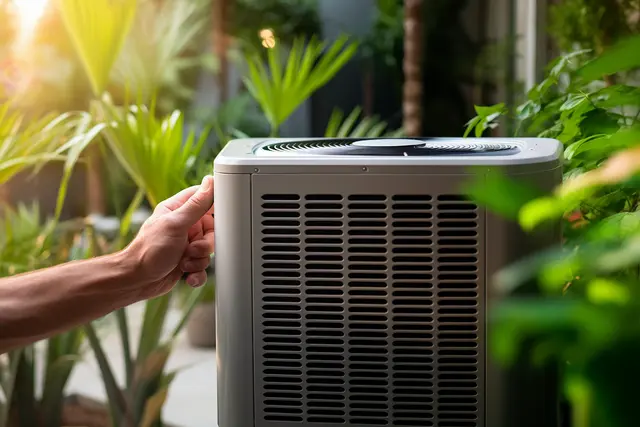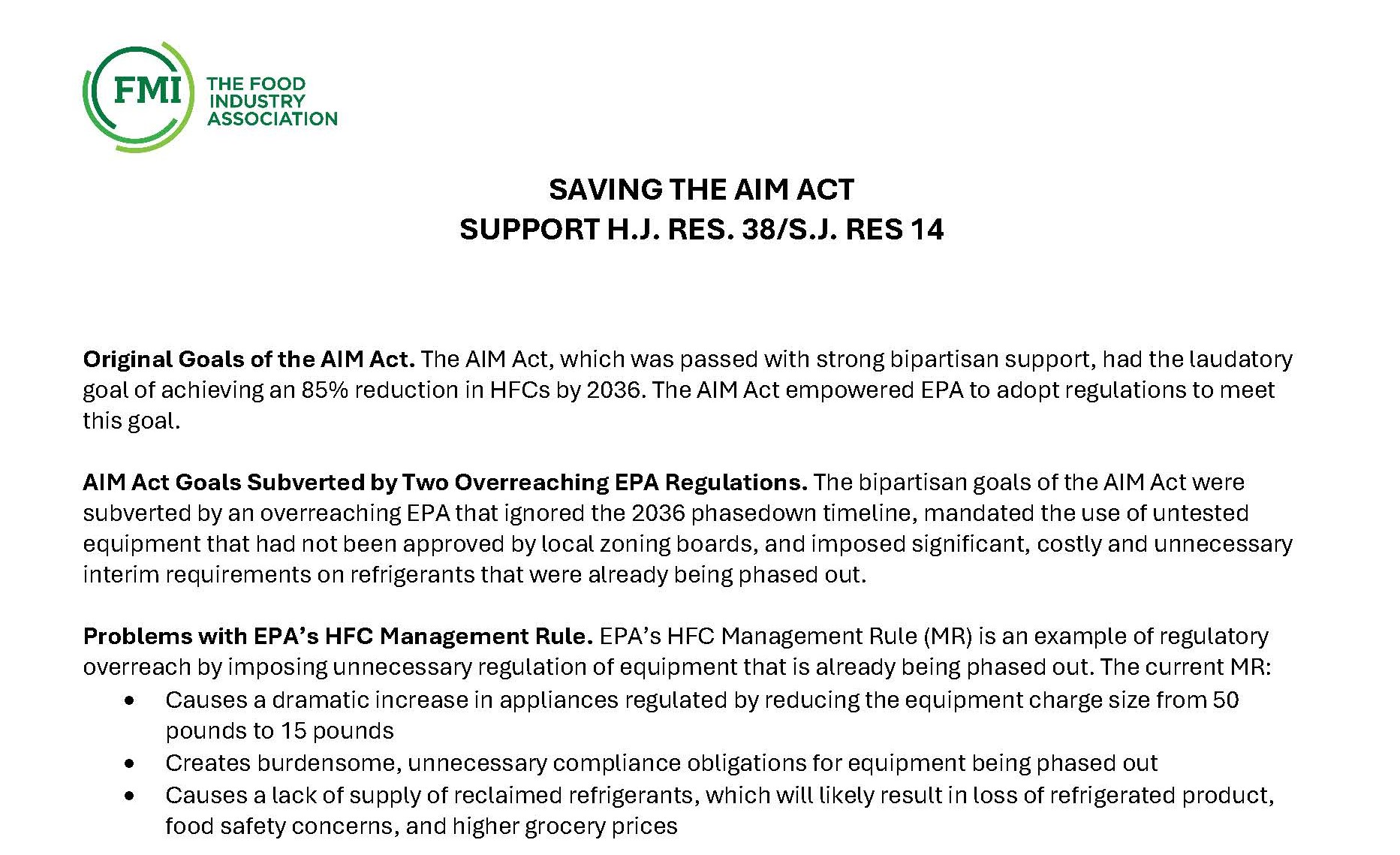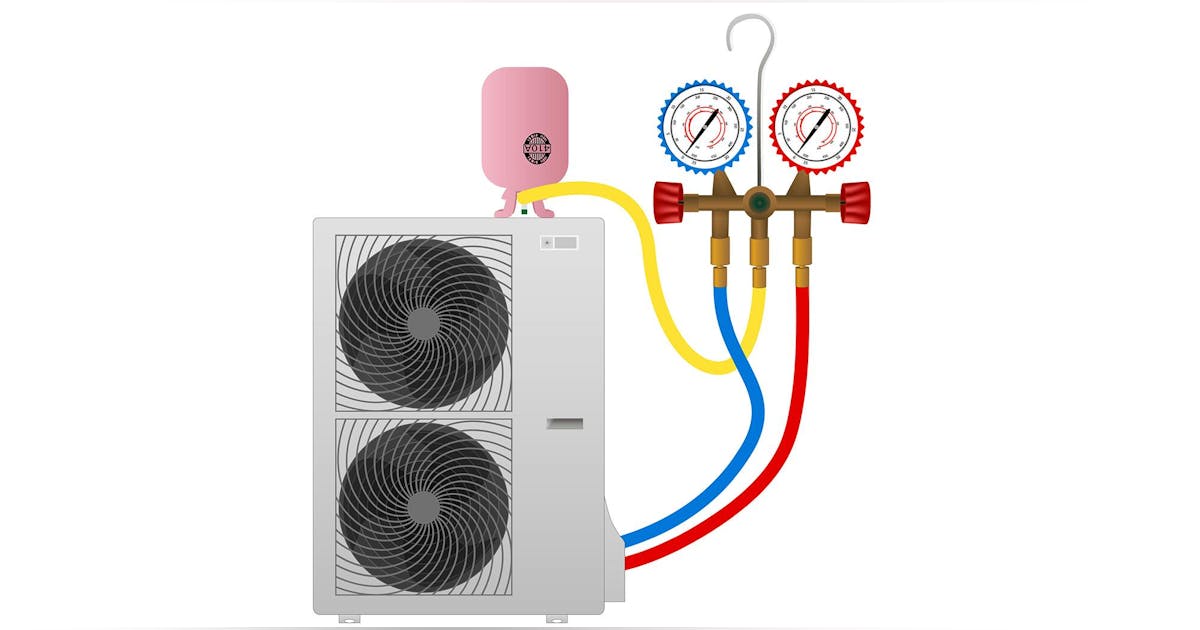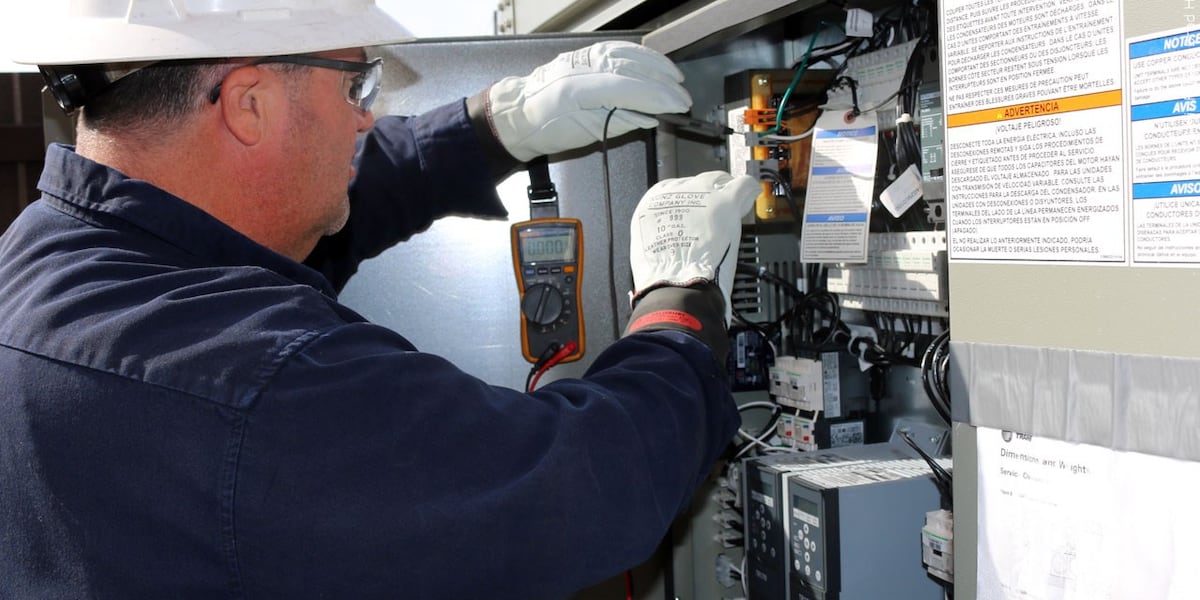Make American AC Affordable Again
Support the repeal of Subsection (i) of the American Innovation and Manufacturing (AIM) Act.

AIM Act 2020
Enacted in 2020, created a phasedown schedule for hydrofluorocarbons (HFCs), aiming to reduce high-global warming potential (GWP) refrigerants through an orderly market-based allowance system. This framework was intended to give American industries the time and flexibility to transition to lower-GWP alternatives without unnecessary economic disruption.
The Evolution of U.S. Refrigerant Policy
From the Montreal Protocol to the AIM Act, this timeline highlights the key milestones shaping how refrigerants are regulated for environmental and climate protection.
Montreal Protocol Signed
Purpose: Establish an international treaty to phase out ozone-depleting substances (ODS) like CFCs and HCFCs.
Impact: Triggered global refrigerant regulation and led to alternatives such as HFCs.
U.S. Clean Air Act Amendments
Purpose: Align U.S. environmental policy with the Montreal Protocol; grant EPA authority via Sections 608 and 609.
Impact: Began the U.S. phaseout of CFCs and HCFCs; established refrigerant handling rules.
Intergovernmental Push on HFCs
Purpose: Recognize HFCs as potent greenhouse gases, despite being ozone-safe.
Impact: Set the stage for international efforts to address the climate impact of refrigerants.
Kigali Amendment to Montreal Protocol
Purpose: Expand the Montreal Protocol to phase down HFCs due to their high global warming potential (GWP).
Impact: U.S. signed (but didn't initially ratify); global alignment on reducing HFC use.
American Innovation and Manufacturing (AIM) Act Passed
Purpose: Authorize the EPA to phase down HFC production and imports by 85% over 15 years; encourage low-GWP alternatives.
Impact: Established an allowance-based system; gave EPA broad regulatory authority over HFCs.
EPA Begins AIM Act Implementation
Purpose: Create the regulatory framework for HFC allocation and enforcement.
Impact: Initial rules published, signaling the start of formal U.S. enforcement.
U.S. Ratifies Kigali Amendment
Purpose: Formally align U.S. with global HFC reduction goals.
Impact: Bipartisan ratification reaffirmed U.S. commitment to international climate policy.
AIM Act Subsection (i) Introduced
Purpose: Introduce sector-specific restrictions on high-GWP HFCs through EPA rulemaking, particularly targeting residential and light commercial AC systems.
Impact: Starting January 1, 2025, new AC systems may not use refrigerants with GWP ≥700, accelerating the transition from safe non-flammable R-410A to lower-GWP alternatives such as flammable R-454B and R-32.
Why Subsection (i) Should Be Removed
Swipe left to explore more →
Redundancy and Overreach
The allowance-based phasedown schedule in Section (e) already ensures a predictable decline in HFC use. Subsection (i) imposes overlapping restrictions that undermine the original intent of the AIM Act.
Lack of Market Readiness
The EPA's sector-specific bans have outpaced the availability of alternatives, violating the Act's own requirement to consider affordability, feasibility, and training burdens.
Unfair Competitive Advantage
By effectively mandating the use of proprietary refrigerants, Subsection (i) creates monopolistic conditions that benefit a few large chemical companies while harming competition and inflating costs.
Public Harm
American homeowners and businesses are now paying significantly more for air conditioning and refrigeration services—especially during extreme weather—due to product shortages and inflated prices caused by premature bans.
Bypasses Legislative Oversight
Subsection (i) gives the EPA sweeping authority to regulate entire sectors without a Congressional vote, undermining the balance of powers.
Media & Press
Explore the latest reports, video interviews, news features, and social media highlights.

Credit: Instagram @love2hvac All content remains the intellectual property of its original creators.

Credit: Rumble @The Steve Gruber Show All content remains the intellectual property of its original creators.

Credit: NewsNationNow @Markie Martin All content remains the intellectual property of its original creators.

This material includes information sourced from various HVAC manufacturers, industry organizations, and regulatory bodies. All content remains the intellectual property of its original creators.

Credit: ContractingBusiness @Adam Mufich All content remains the intellectual property of its original creators.

Credit: Who13 @Adriana Torres All content remains the intellectual property of its original creators.
Shortage of required new eco-friendly refrigerant causing AC price increase
View News Article
Credit: Instagram @love2hvac All content remains the intellectual property of its original creators.
Credit: @Jorge Alvarez All content remains the intellectual property of its original creators.

Credit: AZFamily @Sarah Robinson All content remains the intellectual property of its original creators.
Credit: Lee Zeldin @epaleezeldin All content remains the intellectual property of its original creators.
Lee Zeldin on X: The Biden EPA's Technology Transitions Rule phased out certain hydrofluorocarbons (HFCs) in refrigeration, air conditioning, and heat pumps with a frantic and rushed transition
View Social Media
Credit: achrnews @Joe Parsons All content remains the intellectual property of its original creators.

Credit: KTLA @KTLA Jamie Kennedy @TheJamieKennedy All content remains the intellectual property of its original creators.
Get in Touch
We'd love to hear from you. Fill out the form below and we'll get back to you as soon as possible.